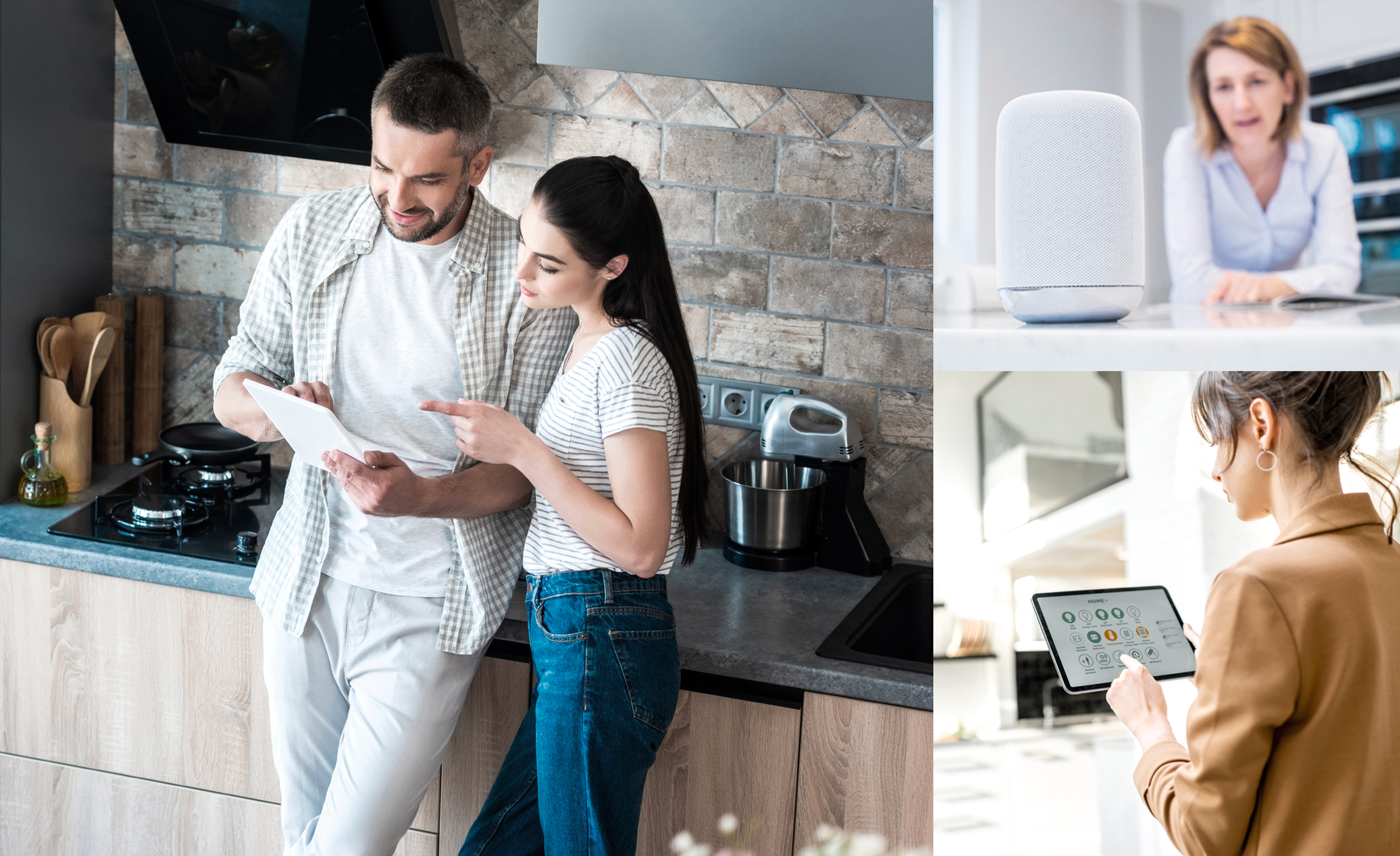
Automation: The trend that is transforming our homes.
Technological innovations has allowed automation to embed itself within our homes. But what is it about these technological advances that make us want to keep buying into it?
by Lois Hillier


by Lois Hillier

As consumers, our need for more fulfilling experiences whether at home or out has changed the way many brands have had to adapt. Our need to seek holistic solutions that improves our well-being in a fundamental test between the brands that have risen in this platform to others that have unfulfilled our expectations.
Our day-to-day lives are exposed to many subjects that aspire us to want more. The rise of influencers on social platforms and cravings to have the ‘next big thing’ has always been a paramount ideology in everyday society.
It sets up many challenges for brands to really test what the consumer of today is looking for. The demand for a deeper understanding of who we are as individuals has sparked a recognition in brands to look at how we connect on a more personal level. An experience is no longer being diminished as a ‘fad’, instead consumers are looking for powerful emotional connections to brands. Technology is creating opportunities for consumers to see themselves as individuals rather than a ‘one size fits all’, which in turn, feeds consumers with data that has led them to wanting more.

We are constantly finding ways to improve our daily lives. From the way we work, to the things we eat and for some, how we come across physically.
Home automation is only just scratching the surface on improving our quality of life and personalisation is key to the growth of success. It is so much more than just voice activated activity. Speaking to your smart speakers is just the beginning.
Smart tech has allowed for our environments to have a feeling of fluidity. Technology should overcome the boundaries of being complicated, if anything it should be making our lives easier. For many, these ‘gimmicks’ of having your lights switched off for you, or your coffee being poured are seen as solutions for the ‘lazy’. But some may argue, why cycle when you can walk.
If used correctly, this technology really can benefit our well-being and will play a vital role in how we undertake tasks for generations to come.
‘Routines’ as it’s widely being refereed to, is a great way of connecting your daily lives with your smart home set-up. The cold winter mornings is the perfect time to set up such routines. You could simply have your home activate a number of tasks when your morning alarm goes off. From your lights flicking on, the heating turning up, your coffee being poured and the curtains automatically opening. That would certainly make you want to get out of bed! It is all tailored to you and as we see smart technology getting more and more sophisticated, we will see better improvements that fit our daily tasks.
But the bigger question is, how do we get consumers to buy into the ideologies. After all, isn’t there a more meaningful reason to a better home? There is a fine line between a new age of technological advances that sees us gaining experiences from leisure, to retail at home and in work. But the constant connectivity has caused a demand in consumers seeking a disconnection away from the busy interactions and one place where many think is the easiest option to do such things is within our homes.
But what does that mean for our brands? It’s about promoting the ideologies of seeking comfort and security within our homes. The awareness to understand the audience will not only help consumers buy into a brand but have their full trust. A brand after all, is not only powerful when it has a great product, but it is how we communicate and connect with our audience, that sets us above the rest.